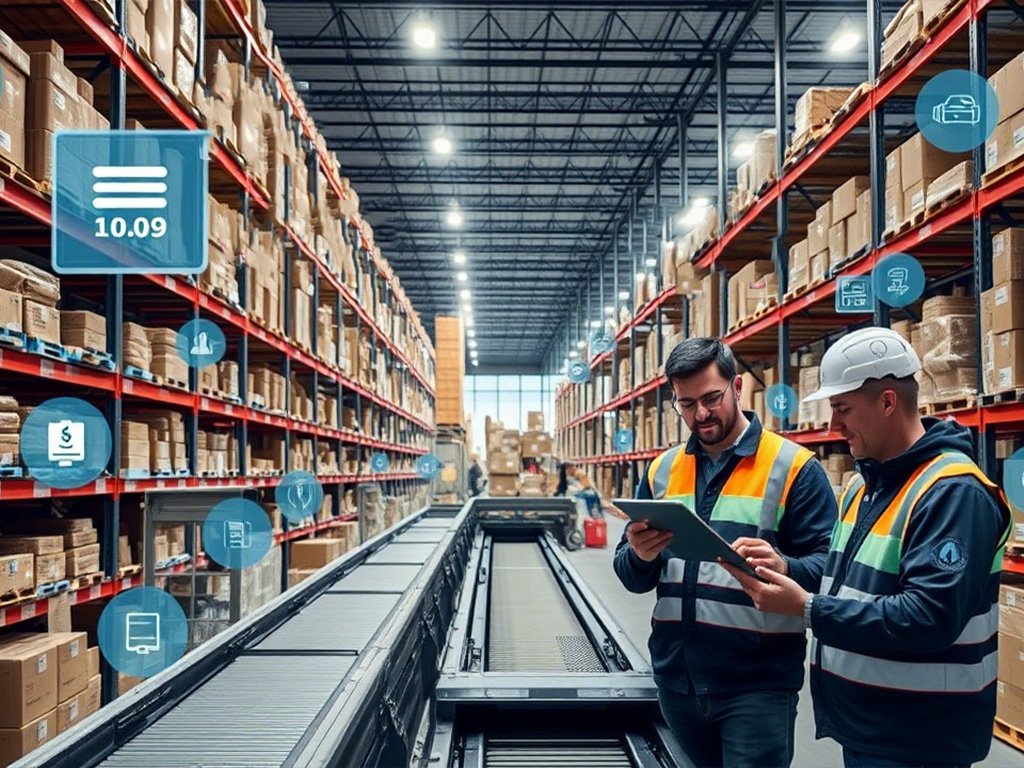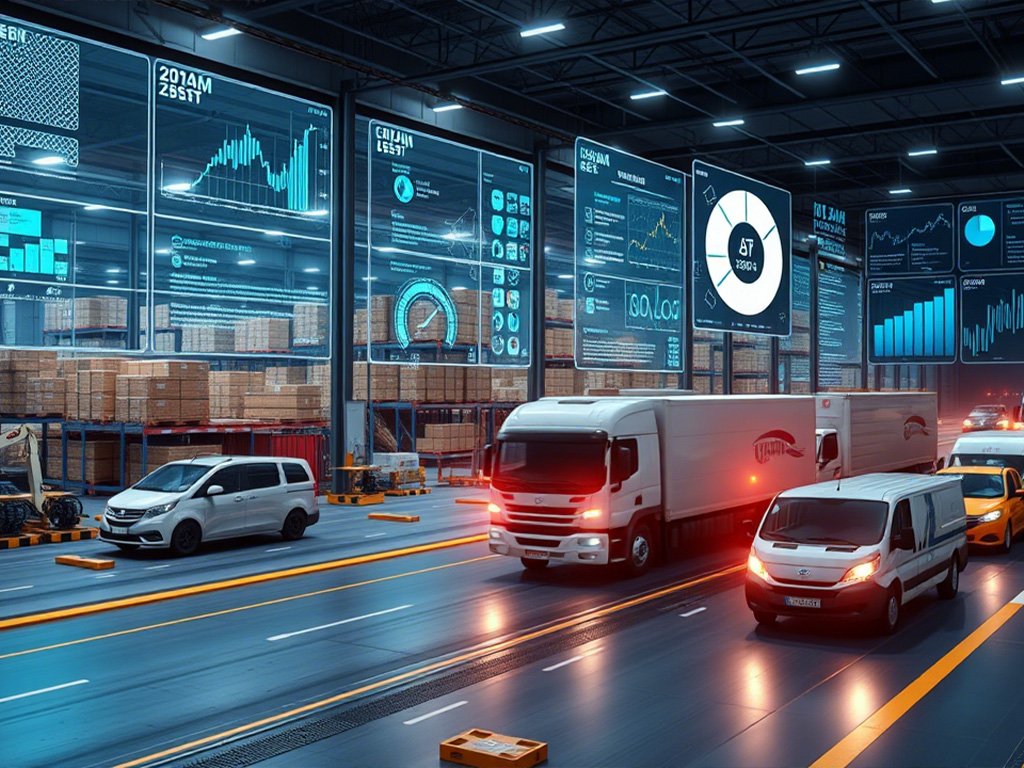
IoT in Logistics: How Smart Sensors Are Transforming Supply Chains
The logistics and supply chain industry is undergoing a revolutionary transformation, thanks to the advent of the Internet of Things (IoT) and smart sensor technology. These innovations are reshaping how goods are tracked, managed, and delivered across global supply chains.
What Are IoT and Smart Sensors?
Before diving into their impact on logistics, let’s break down what IoT and smart sensors are:
- IoT (Internet of Things): A network of interconnected devices that communicate and exchange data over the internet without human intervention. In logistics, IoT devices include GPS trackers, RFID tags, and connected sensors.
- Smart Sensors: Advanced devices equipped with sensing capabilities and processing power. They collect real-time data on temperature, humidity, location, vibration, and more, then transmit it to centralized systems for analysis.
The Role of IoT and Smart Sensors in Logistics
1. Real-Time Tracking and Visibility
One of the most significant benefits of IoT in logistics is enhanced visibility. Smart sensors attached to shipments provide real-time updates on the location and condition of goods. For example:
- GPS Sensors: Track the movement of vehicles and shipments across land, sea, or air.
- RFID Tags: Enable quick scanning and identification of packages at checkpoints.
2. Condition Monitoring for Sensitive Goods
Certain products, such as pharmaceuticals, fresh produce, and electronics, require specific environmental conditions during transit. Smart sensors monitor factors like:
- Temperature: Ensuring perishable items stay within safe ranges.
- Humidity: Preventing moisture damage to sensitive materials.
- Shock/Vibration: Detecting rough handling that could compromise fragile goods.
3. Predictive Maintenance for Vehicles and Equipment
IoT-enabled sensors installed in trucks, ships, and warehouse machinery monitor performance metrics such as engine health, tire pressure, and fuel consumption. By analyzing this data, companies can predict when maintenance is needed, avoiding costly breakdowns and downtime.
4. Inventory Management and Automation
Smart sensors streamline inventory management by automating processes:
- Smart Shelves: Equipped with weight sensors, they automatically detect stock levels and trigger reordering when supplies run low.
- Automated Warehousing: IoT-connected robots and conveyor belts use sensor data to efficiently sort, store, and retrieve goods.
5. Route Optimization and Cost Reduction
IoT platforms analyze traffic patterns, weather conditions, and delivery schedules to suggest optimal routes for transportation. Smart sensors also help monitor fuel usage and driver behavior, enabling companies to reduce operational costs while minimizing their carbon footprint.
Case Studies: IoT in Action
Example 1: Cold Chain Logistics
A leading pharmaceutical company implemented IoT-enabled temperature sensors in its cold chain operations. The result? A 30% reduction in spoilage rates and improved compliance with regulatory standards.
Example 2: E-commerce Giant
An e-commerce giant deployed IoT-based inventory systems in its warehouses. Automated guided vehicles (AGVs) powered by smart sensors now handle picking and packing, cutting order processing times by half.
Challenges and Considerations
While the benefits of IoT in logistics are undeniable, there are challenges to consider:
- Data Security: With vast amounts of sensitive data being transmitted, cybersecurity becomes paramount.
- Initial Investment: Implementing IoT solutions requires upfront capital, which may deter smaller businesses.
- Interoperability: Ensuring seamless communication between different devices and systems can be complex.
- Scalability: As operations grow, scaling IoT infrastructure must be carefully planned.
The Future of IoT in Logistics
As 5G networks expand and AI-driven analytics become more sophisticated, the potential of IoT in logistics will only increase. Emerging trends include:
- Autonomous Delivery Drones and Vehicles: Powered by IoT, these technologies promise faster last-mile deliveries.
- Digital Twins: Virtual replicas of physical supply chains allow for simulation and optimization.
- Sustainability Initiatives: IoT helps track and reduce emissions, aligning with global green goals.
Conclusion
The integration of IoT and smart sensors into logistics is no longer optional—it’s essential for staying competitive in today’s fast-paced market. By providing unprecedented visibility, enhancing efficiency, and ensuring product integrity, these technologies are setting new benchmarks for supply chain excellence.
Are you ready to harness the power of IoT in your logistics operations? The future is here, and it’s smarter than ever.




